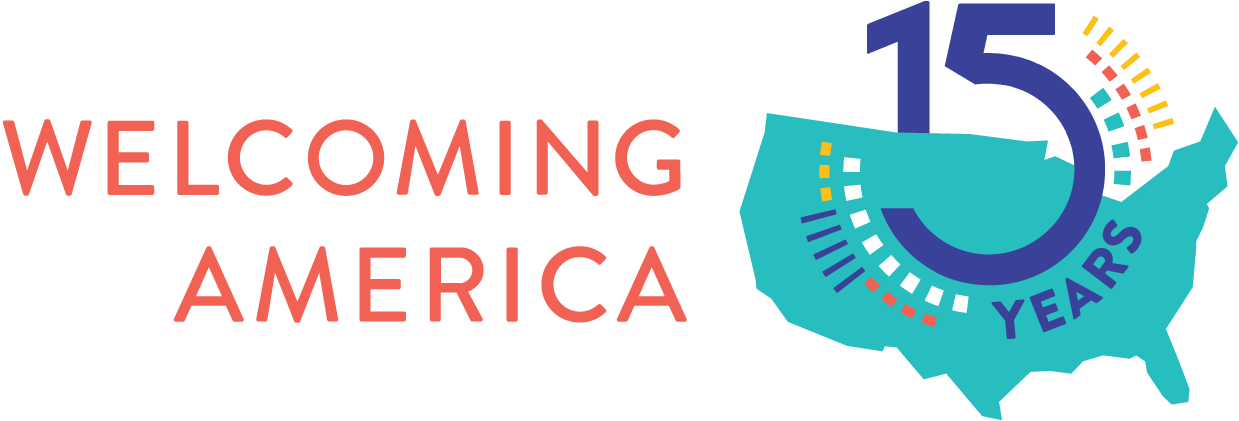How advocates can advance immigrant workforce issues at the state and local level
This post originally appeared at National Skills Coalition, authored by Amanda Bergson-Shilocock.
As Welcoming Week prepares to kick off, with hundreds of events scheduled around the country, National Skills Coalition is releasing a new report that gives state and local advocates fresh ideas for advancing policies to improve immigrant access to workforce and adult education services. At the Intersection of Immigration and Skills Policy: A Roadmap to Smart Policies for State and Local Leaders focuses on the fast-growing phenomenon of state Offices of New Americans and city Offices of Immigrant Affairs, and their intersection with public workforce and education agencies.
The report gives advocates practical examples of how state and local officials have invested in immigrant workers’ skills through programs and policies to date, and offers policy recommendations for how advocates can further advance immigrant workforce issues in their own communities. The report is relevant both for states and localities that have immigrant affairs offices, and those that do not.
Six states and 30 cities now have immigrant affairs offices, while more than 90 communities have launched “welcoming” initiatives, some of which are housed within municipal government. Skills issues are a notable and growing focus for many of these offices, both in response to constituent requests (e.g., for more English classes) and as a result of the overall direction and agenda set by the governor or mayor when establishing the office. Similarly, workforce issues are also on the radar screen for many local welcoming initiatives.
At the Intersection of Immigration and Skills Policy includes select examples of policies advanced by immigrant affairs offices to support the education and workforce goals of state residents, and provides recommendations for those offices to further expand their efforts.
The report also emphasizes the importance of ensuring that state policymakers capitalize on immigrant affairs offices’ expertise as they design and meet overall workforce goals, such as the postsecondary attainment goals that 40 states have established. (National Skills Coalition previously published 10 state-specific fact sheets on the importance of investing in immigrant skill-building to meet the demand for middle-skill workers and help states meet their credential attainment goals. Links to each are available on the immigration page of NSC’s website.)
Among the recommendations included in the At the Intersection report:
- For established offices of immigrant affairs: 1) designing formal mechanisms for immigrant-affairs offices to participate in workforce and education policy decision making; 2) exploring how non-skills issues can be a gateway to foster connections with other public agencies; 3) capitalizing on the convening power of public agencies; and more.
- For newly created offices of immigrant affairs: 1) Consider housing the office within a labor, education, or economic development agency; 2) build inclusion of US-born community members in from the beginning; 3) rather than fighting for a programmatic budget, fight for a seat at the table and ability to be a creative policy entrepreneur; and more.
- For workforce and education agencies: 1) “Cross-fertilize” business leaders’ input on immigration and skills policy goals; 2) incorporate an immigrant lens into state and local workforce data policy; 3) ensure that immigrant-owned businesses are specifically included in education and workforce policy efforts; and more.
View the complete recommendations and an array of examples from Maryland to Michigan and beyond in the full At the Intersection of Immigration and Skills Policy report.

